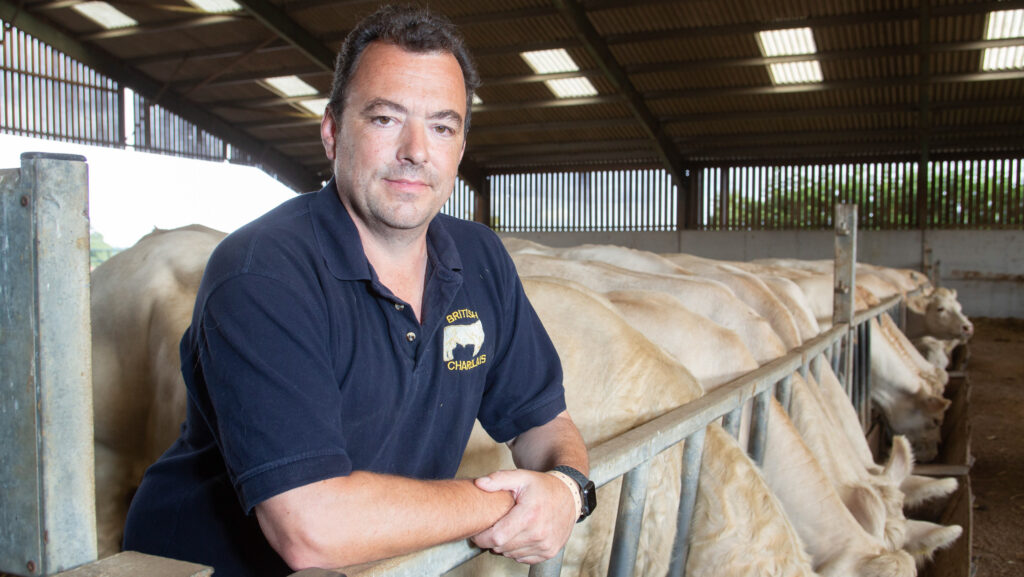Farmer Focus: Will cattle data upgrade identify substandard sires?
 © Tim Scrivener
© Tim Scrivener Next month, the British Cattle Movement Service will reach its 26th birthday, and it should be celebrated.
Its ageing systems have been described to me as held together by goodwill, hard work and the technological equivalent of duct tape and string.
Processing about 350,000 cattle transactions a week, it is one of those organisations that we take for granted because it keeps chugging along.
For that, huge credit is due to all those who manage to keep it that way.
See also: Why recording sires could lead to better breeding outcomes
It was due to be replaced by now: in 2019, the Livestock Information Programme gave a presentation charting the rollout of the replacement for the British Cattle Movement Service (BCMS).
Through a series of graphs and charts, a timeline was laid out that would see the new system come swiftly online. Then it didn’t.
There were some significant problems birthing the new service and a reset was demanded.
Move forward five years and the Livestock Information Service (LIS) inches closer to “onboarding” cattle to its systems and finally delivering the long-anticipated replacement for the cattle tracing system.
The opportunities this represents for the industry are huge – and not just in replacing the paper-based system with real-time information on livestock movements and the eventual phase-in of digital passports.
Currently, less than 50% of cattle on BCMS have a sire ID.
LIS will make it easier for farmers to include accurate sire information and hopefully include the opportunity for a simple calving ease score, entered by commercial farmers who have no vested interest in the pedigree sire’s performance data.
This is hugely important for the industry because we need to know which cattle are performing and which are treading water, or worse.
AHDB’s National Beef Evaluations take slaughter data from across the UK, combined with age and sire ID from BCMS and the devolved bodies, to give real data on, among other traits, average daily carcass gain, days to slaughter and carcass weight of bulls’ progeny in the UK.
Changes to the way AHDB publishes these results means that from this August, for the first time, the effectiveness of these sires can be compared between all breeds as well as within breeds.

